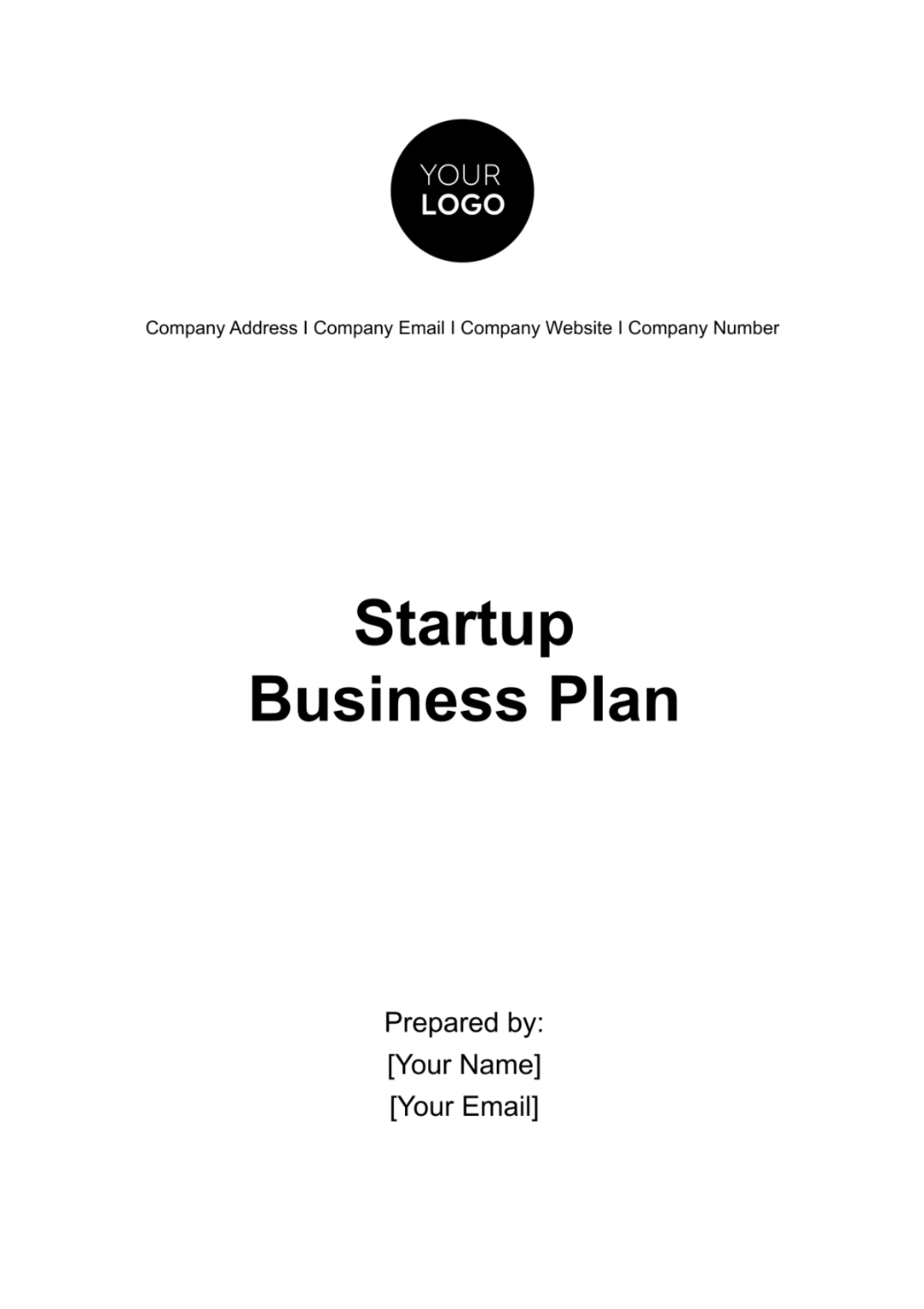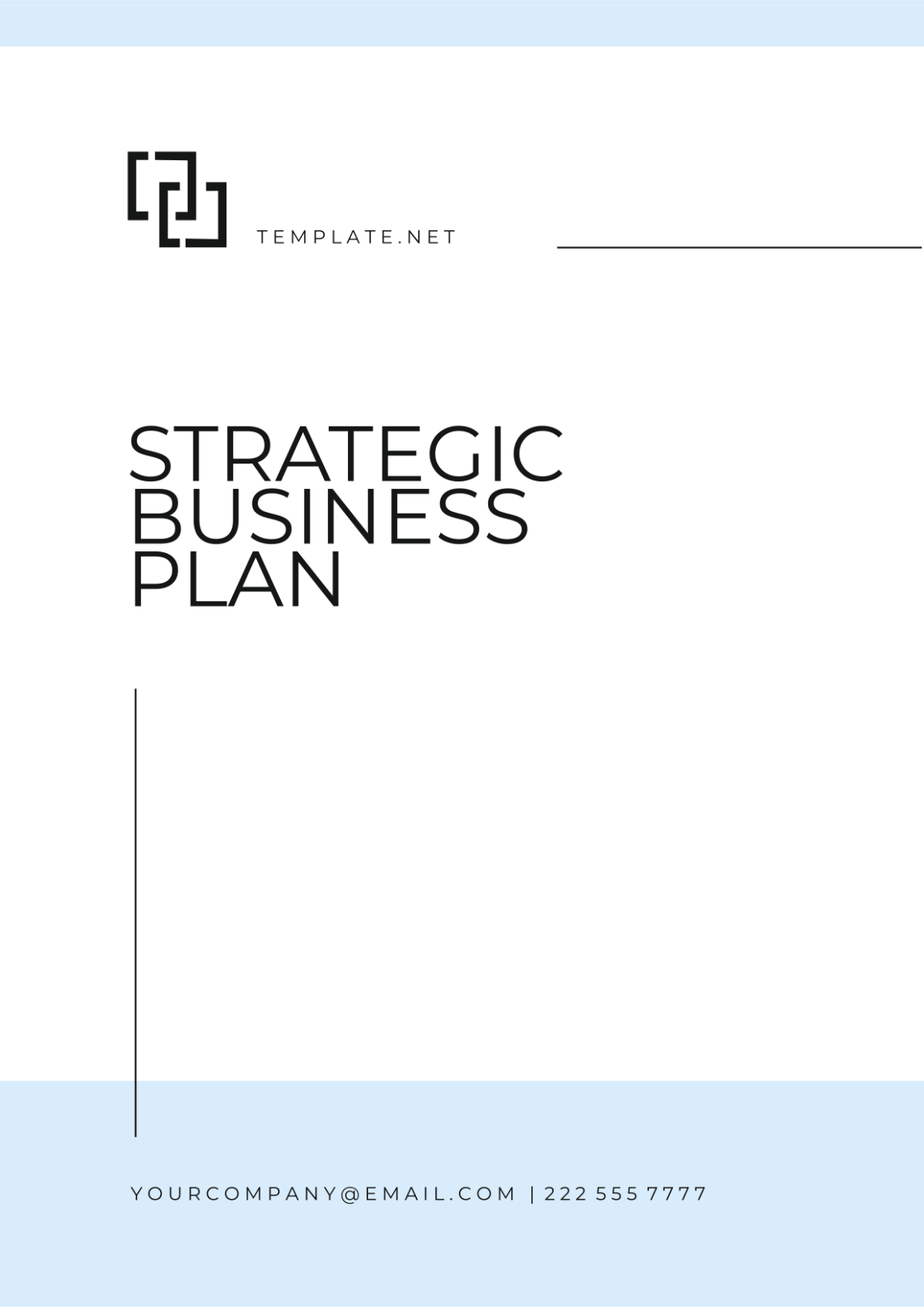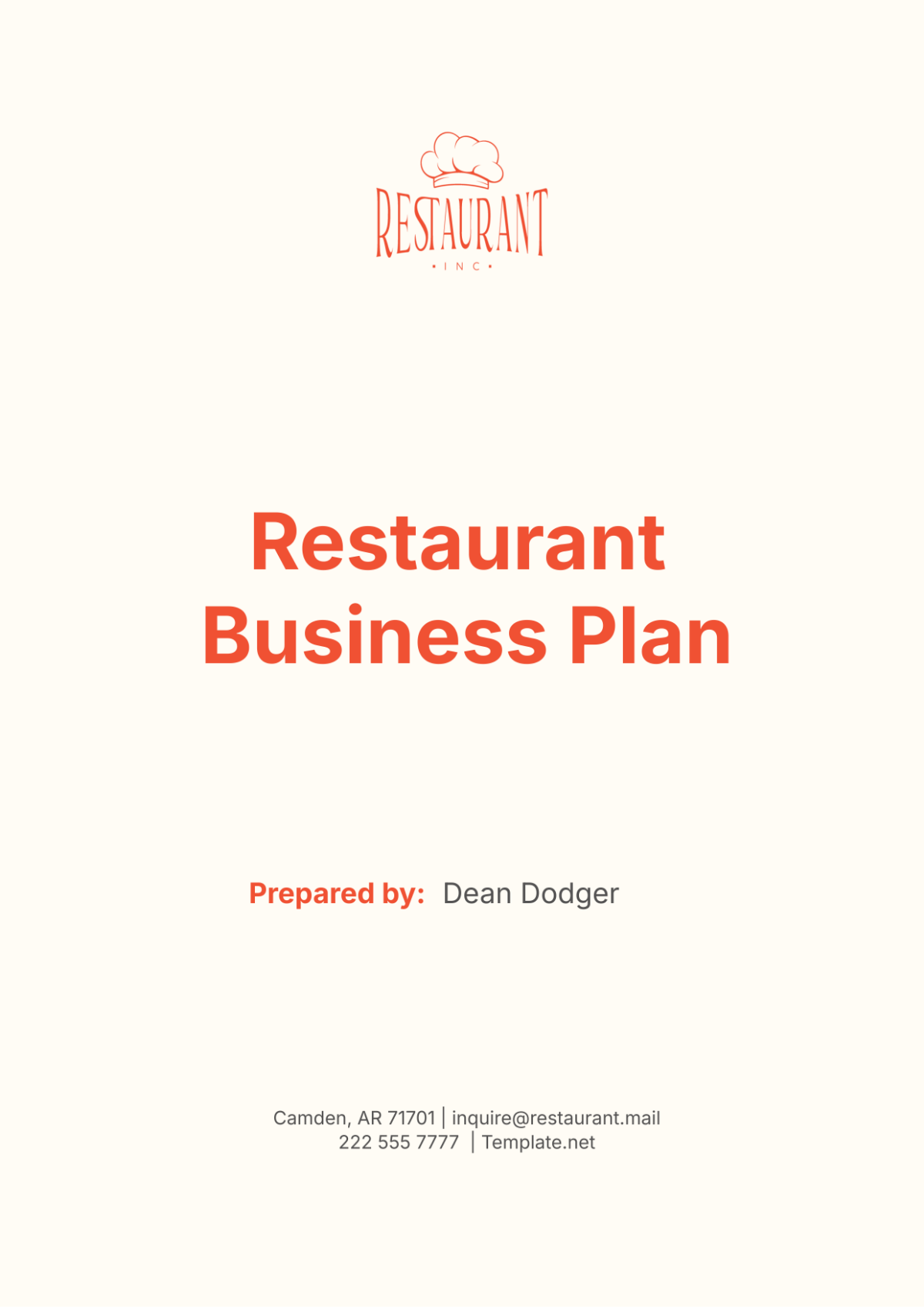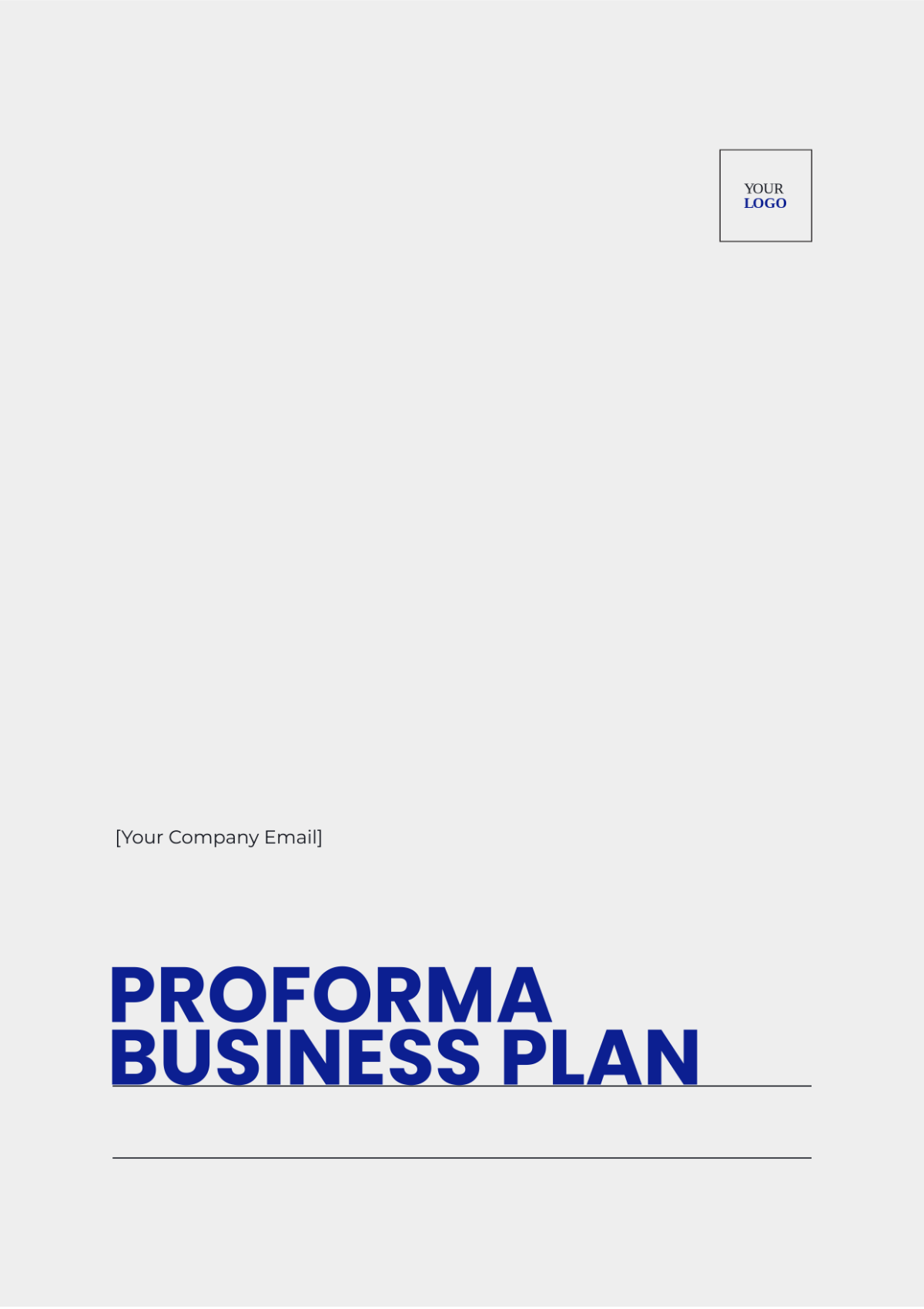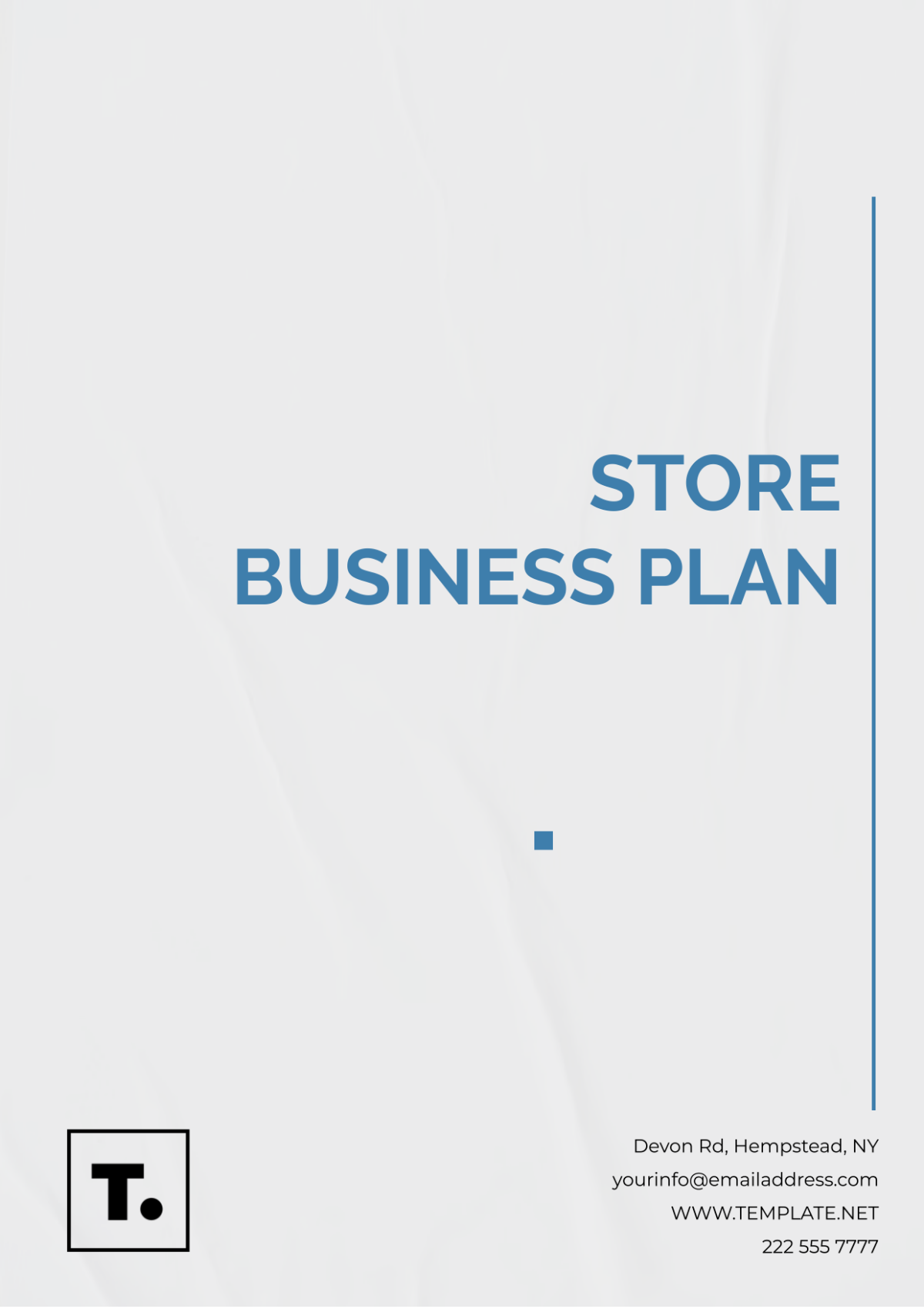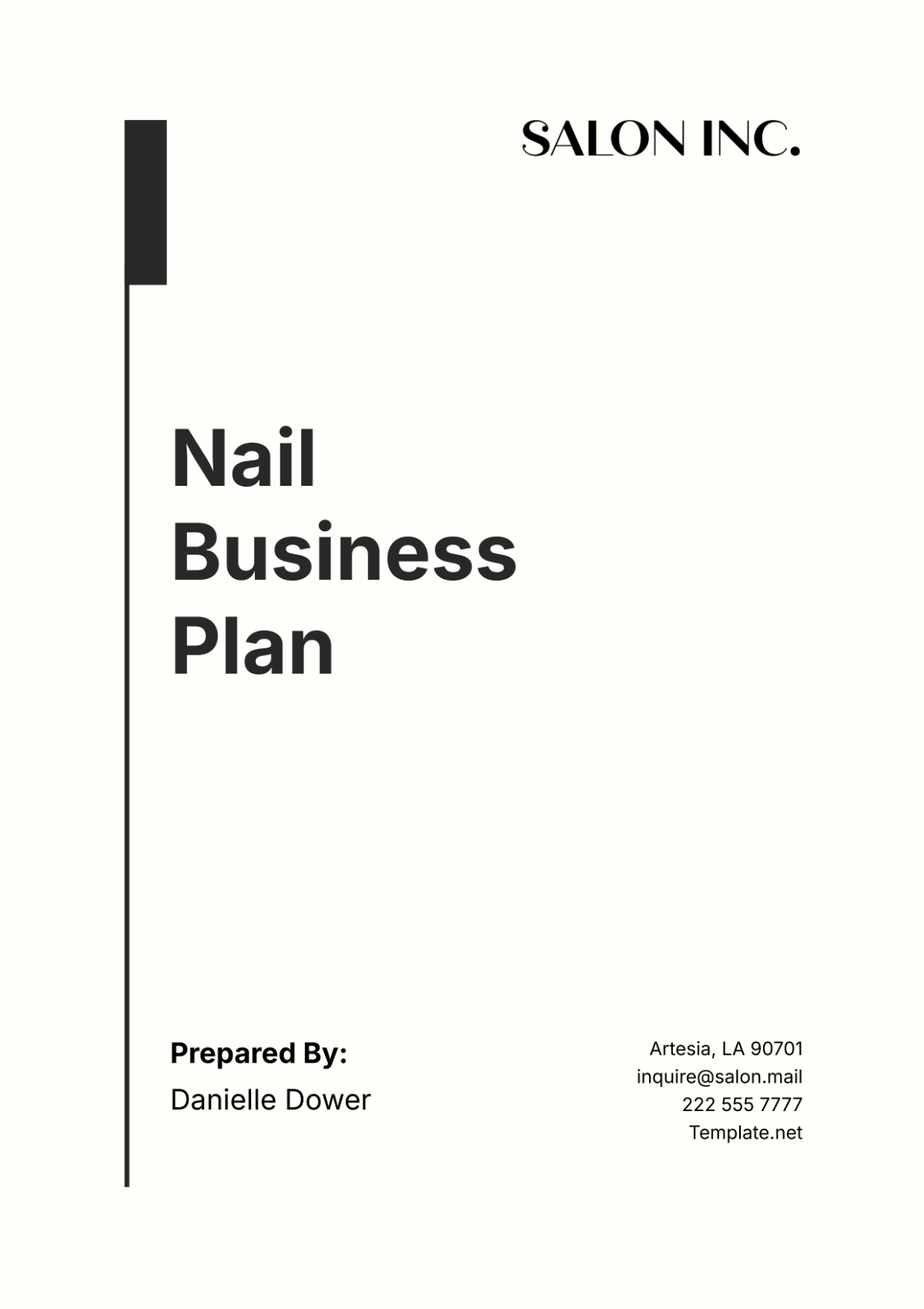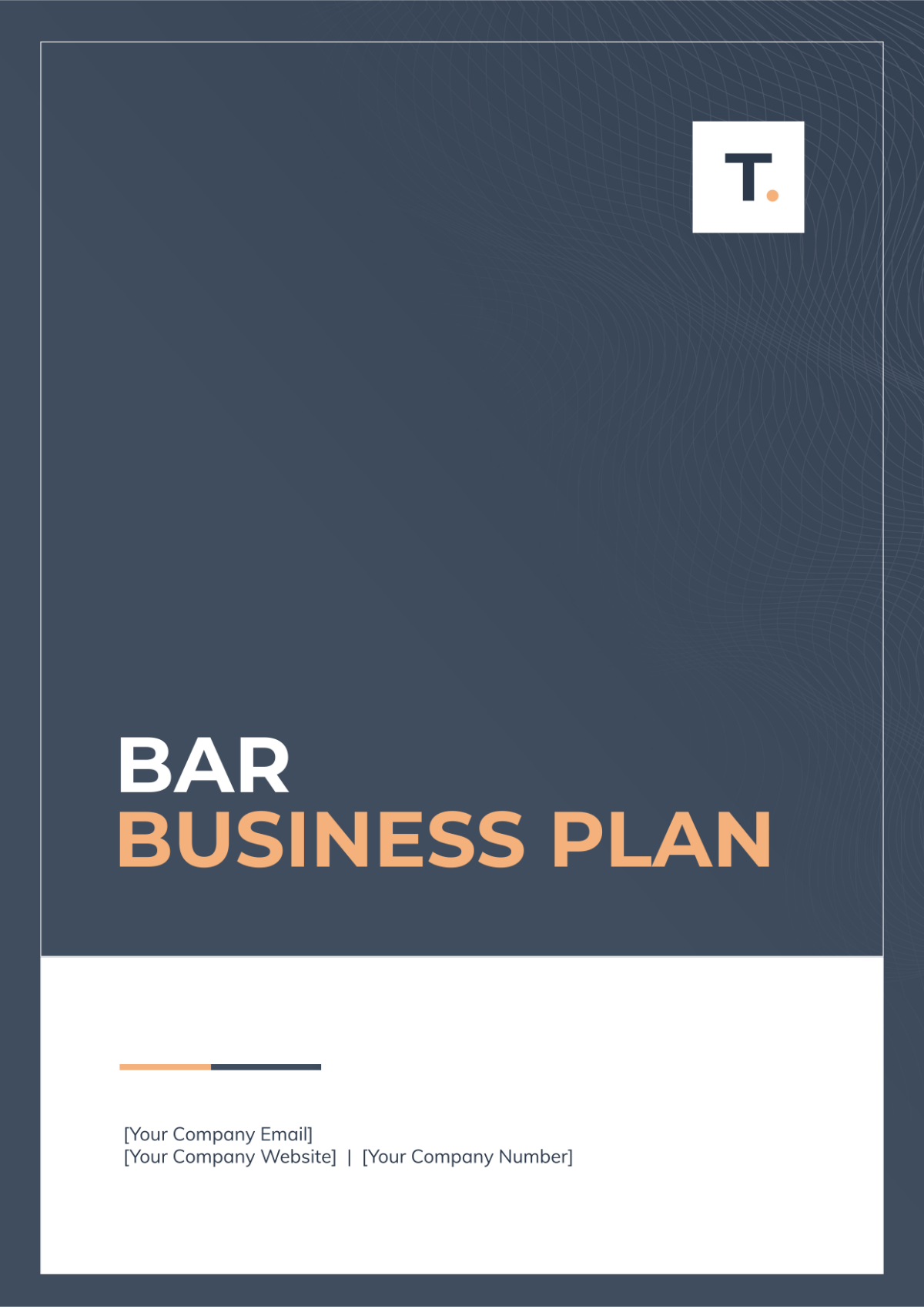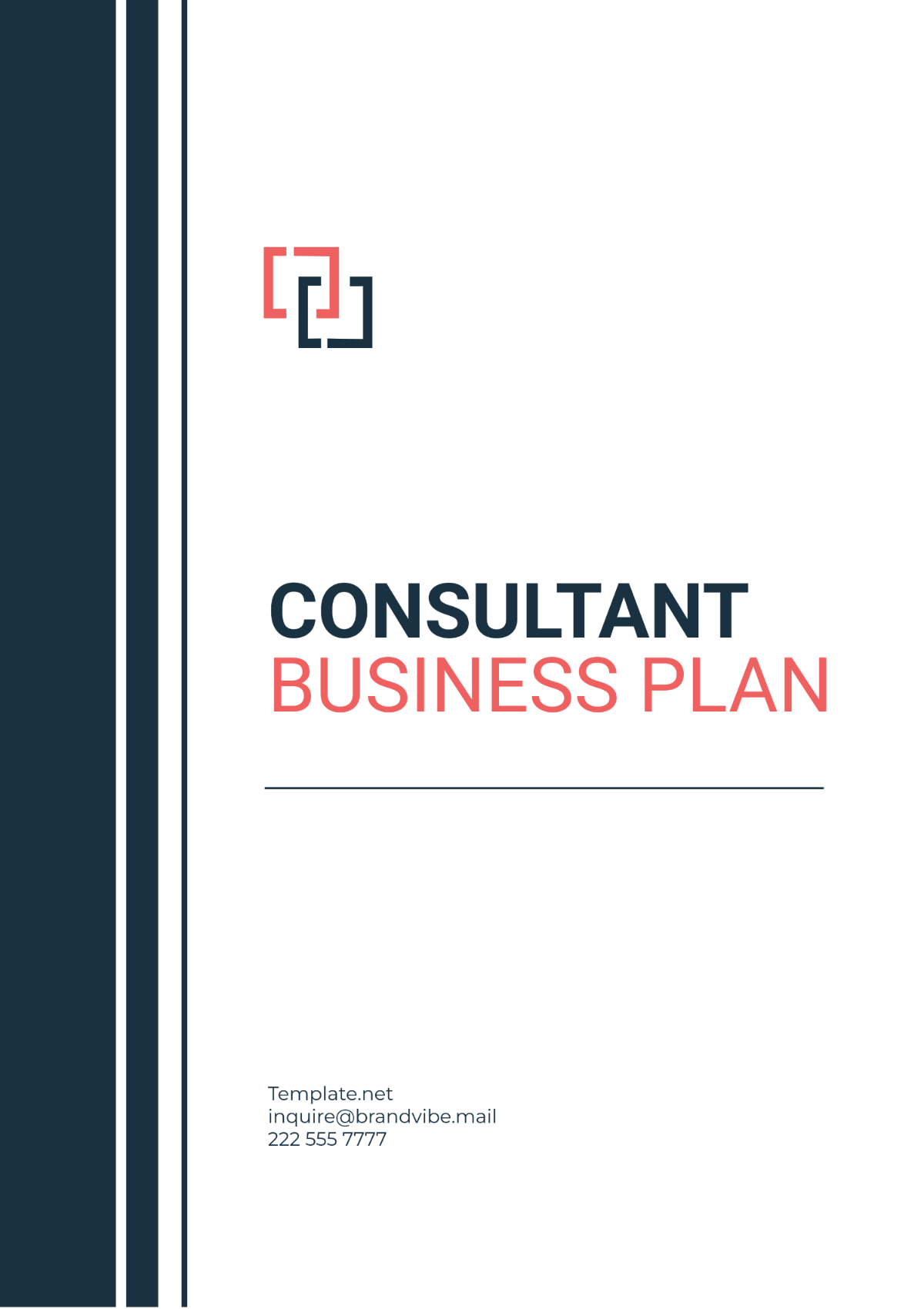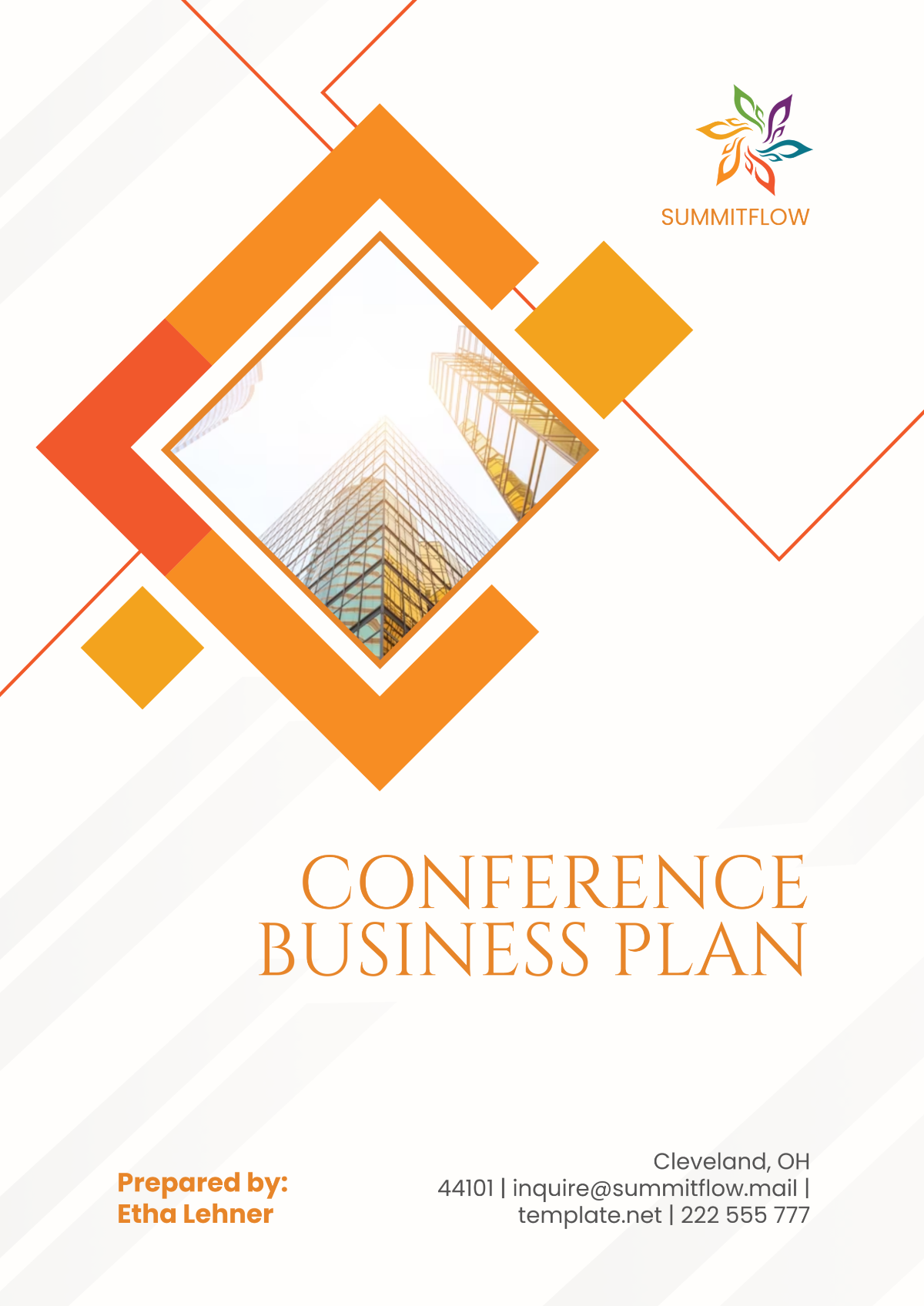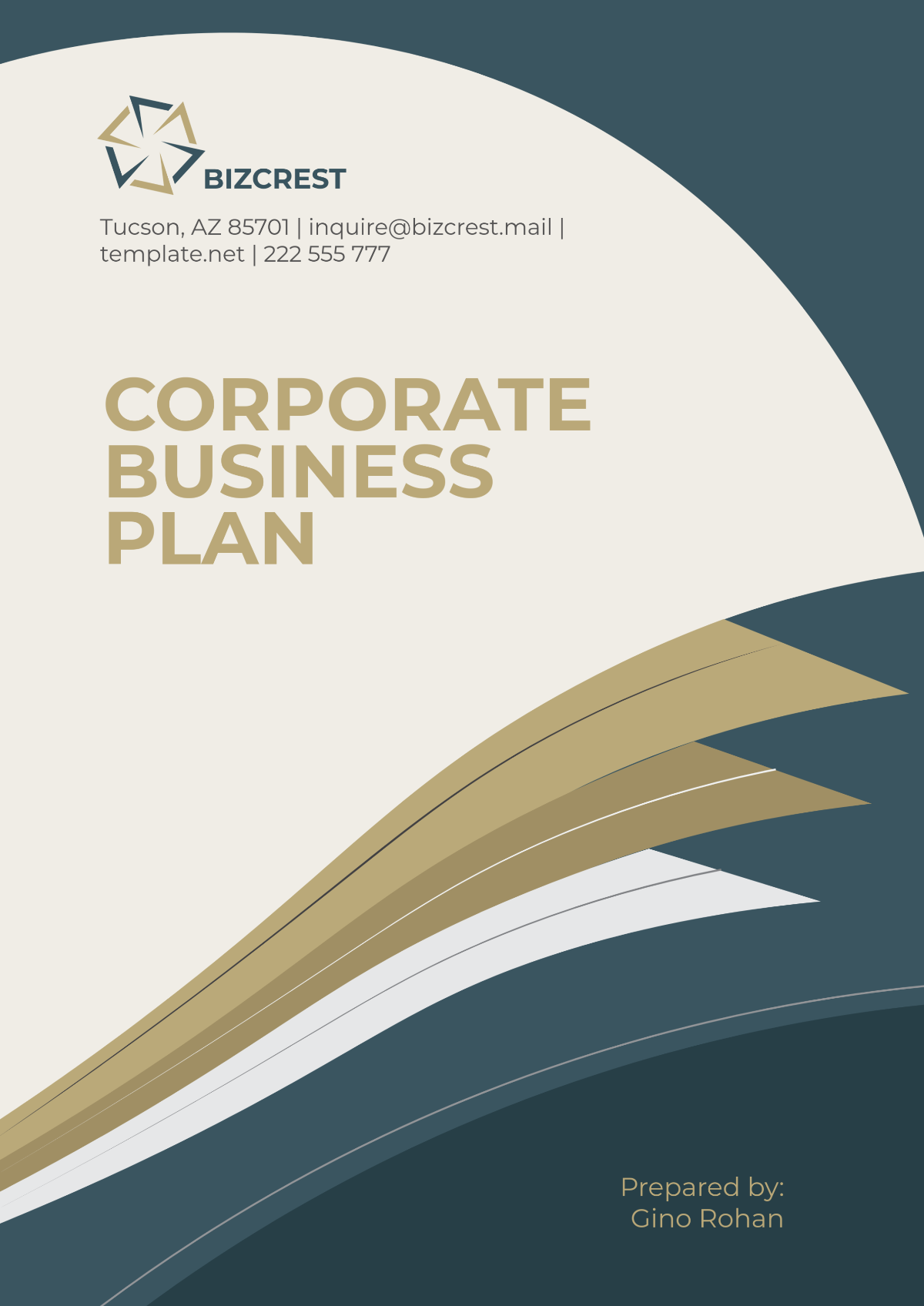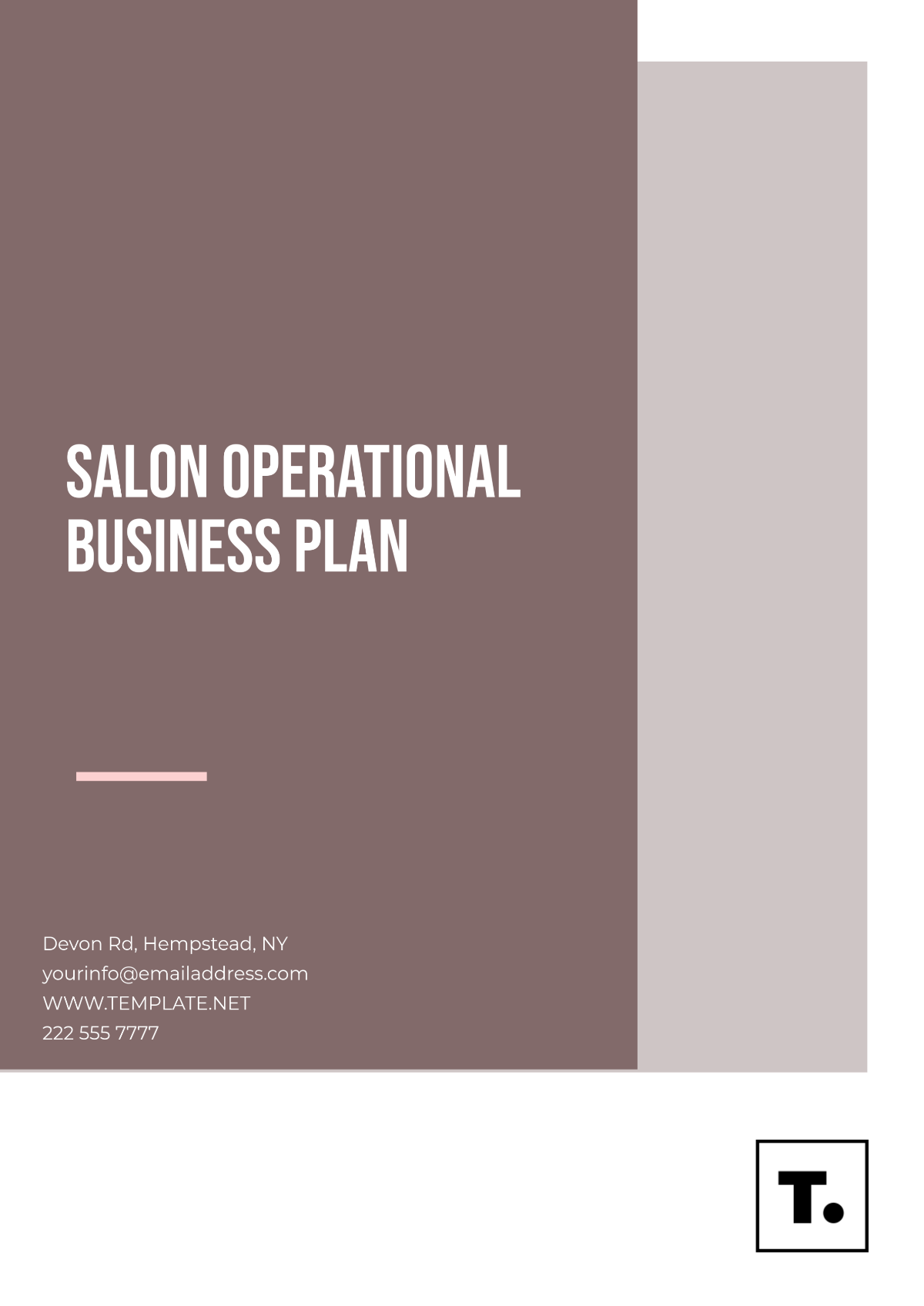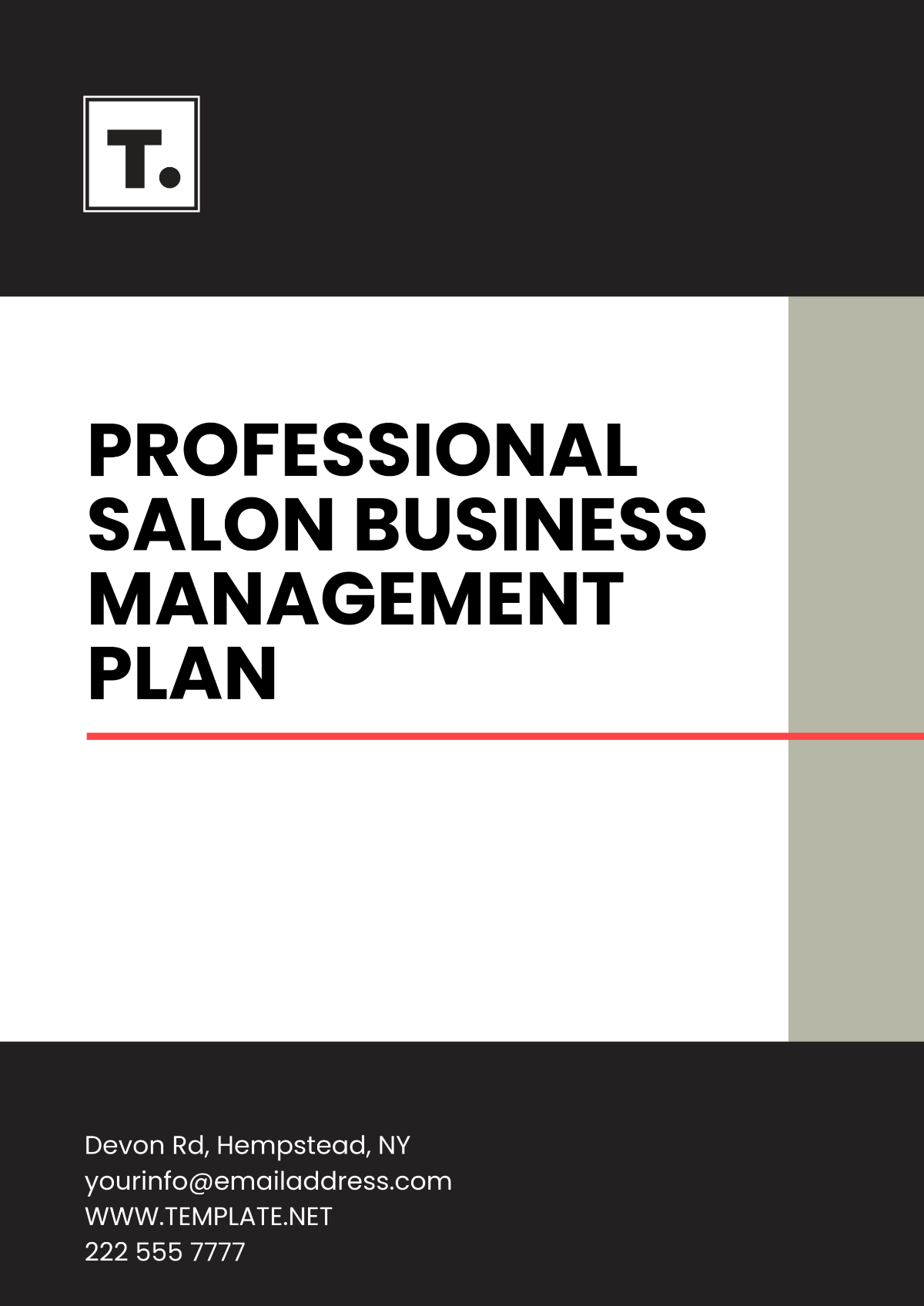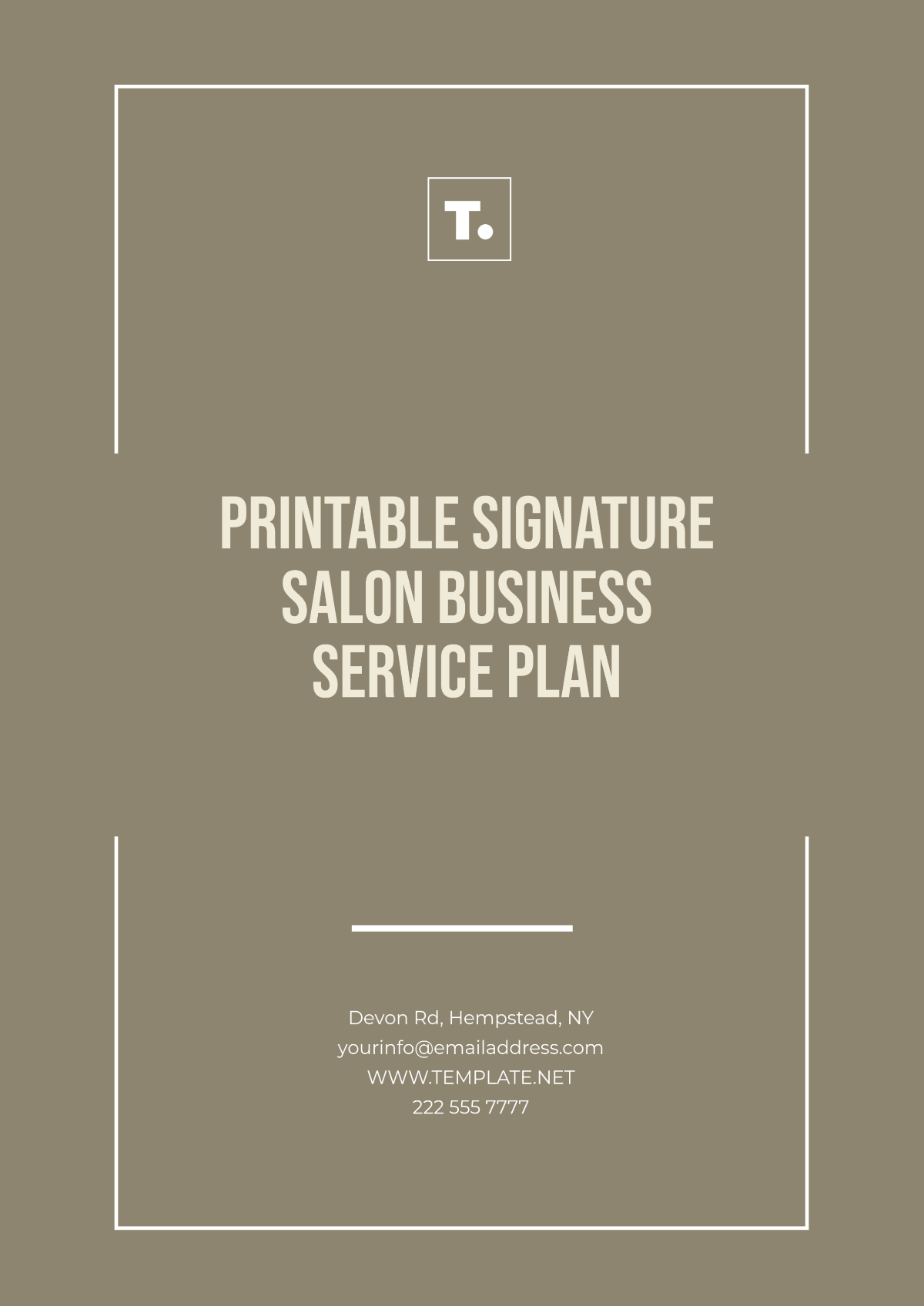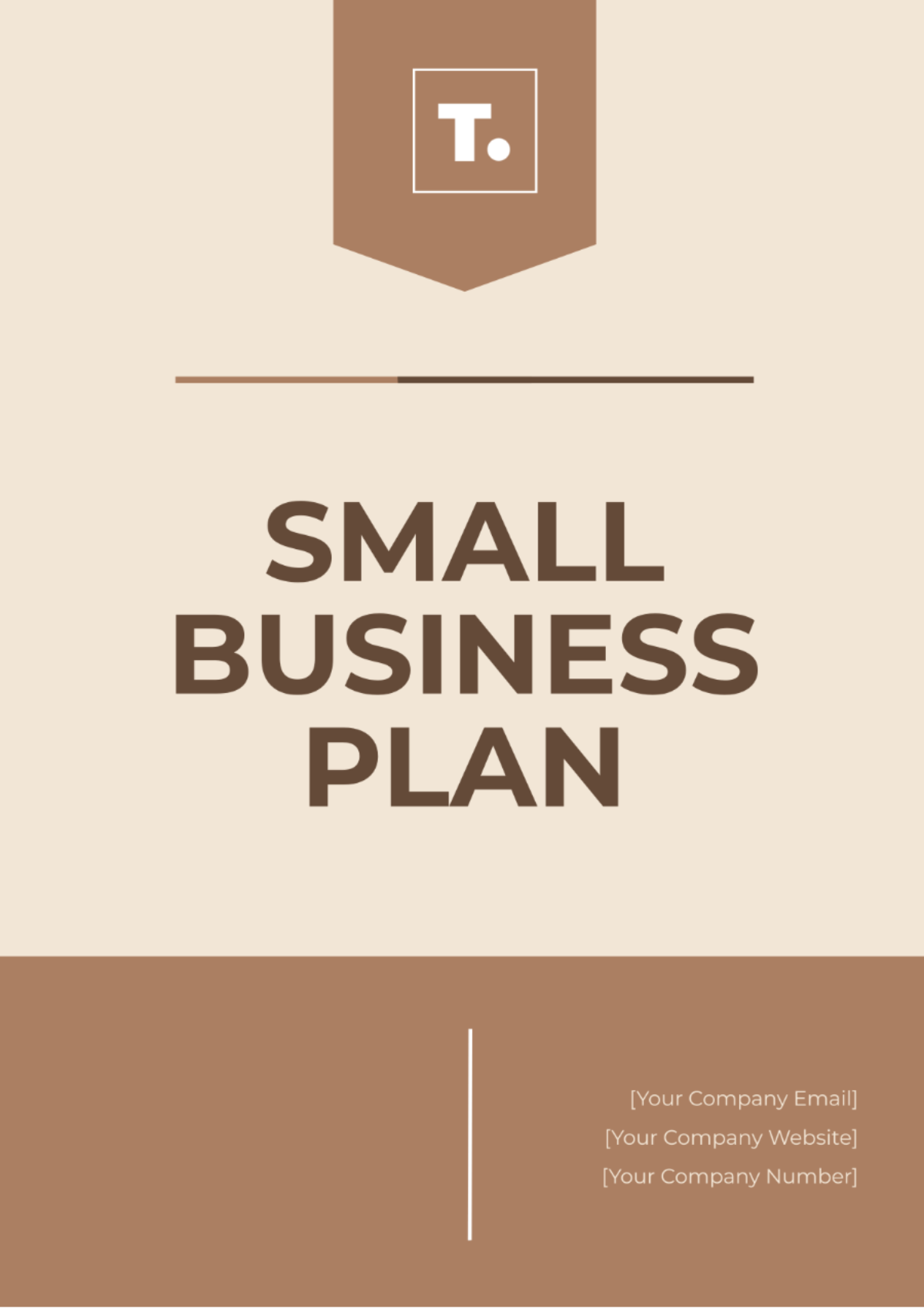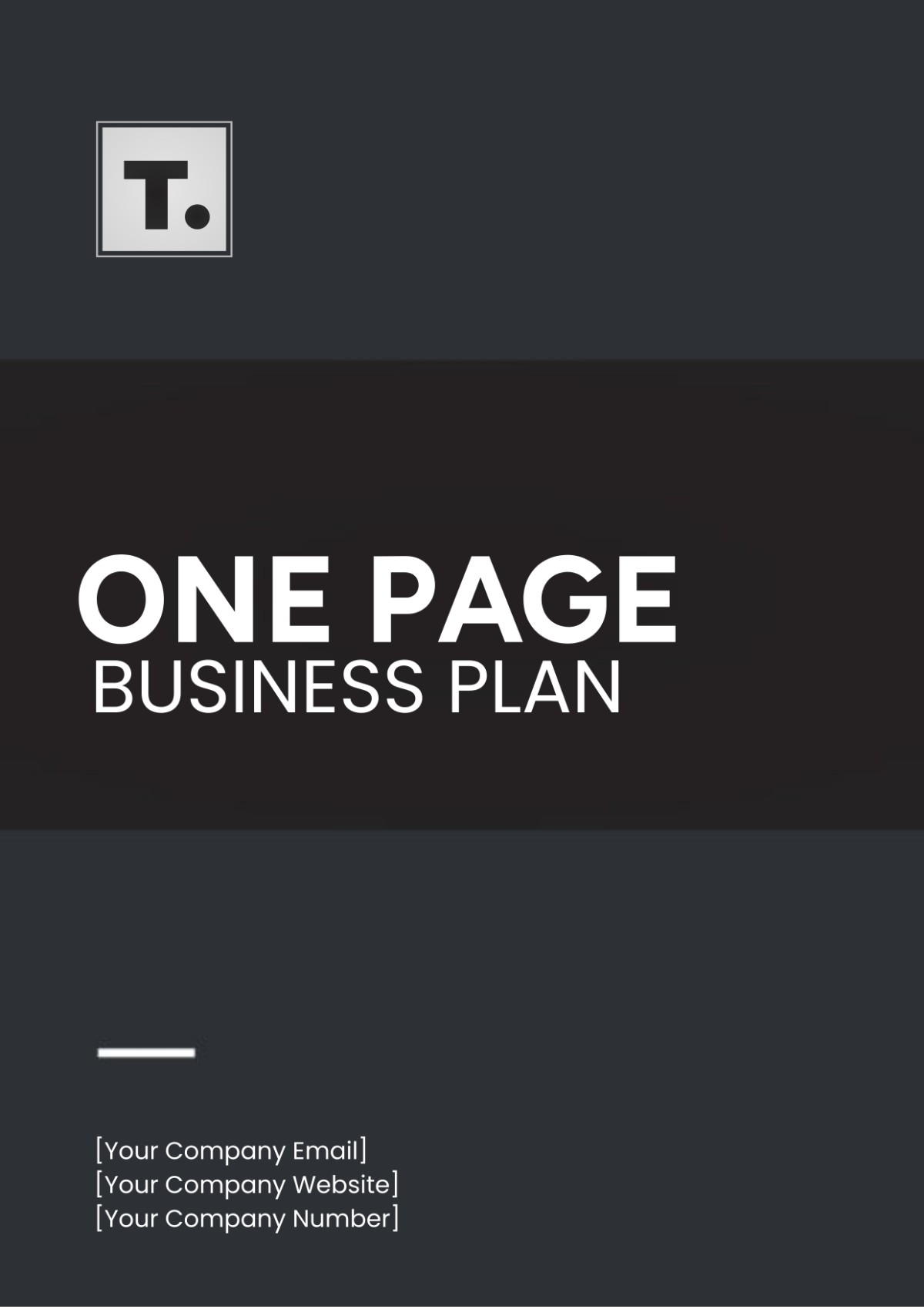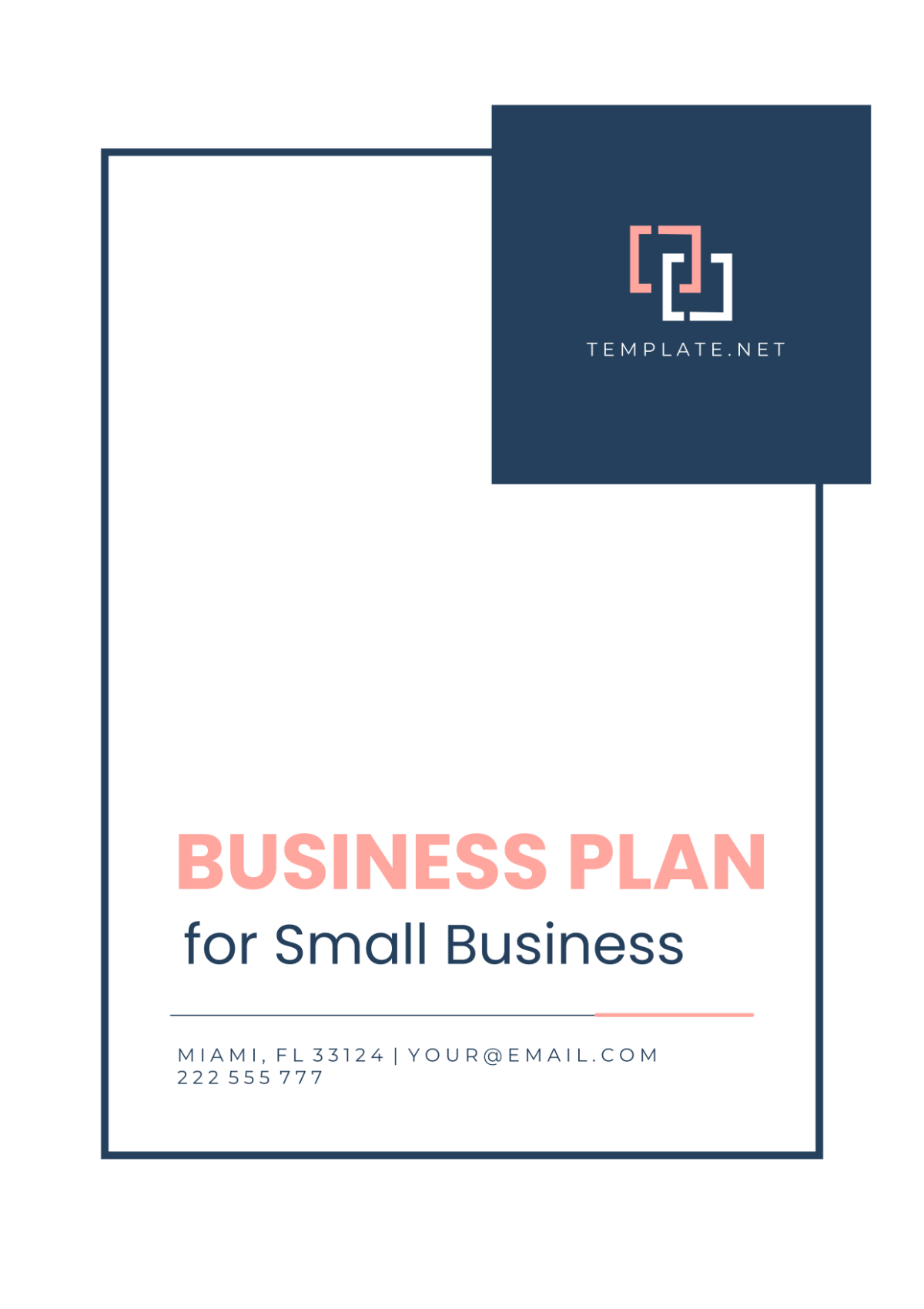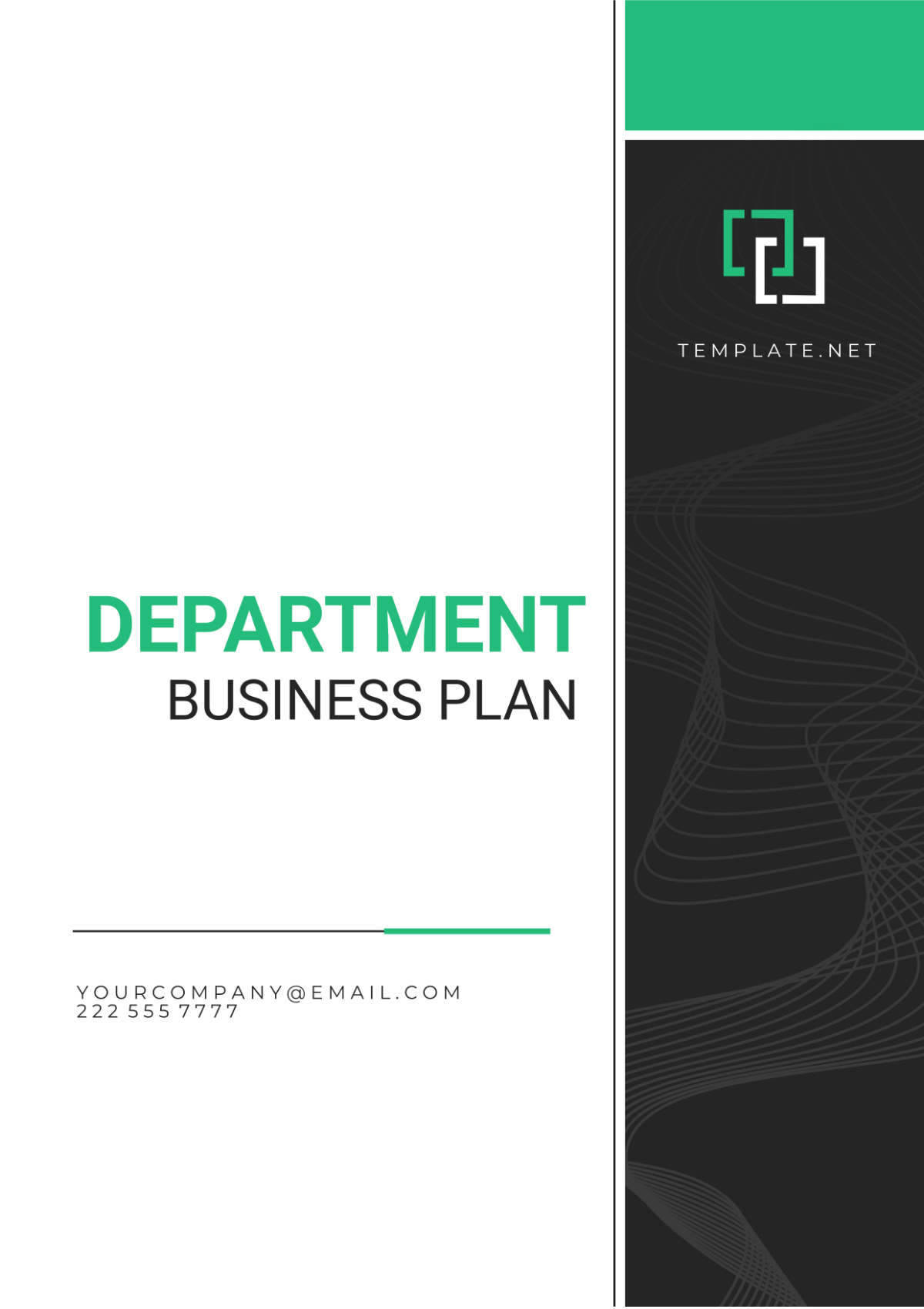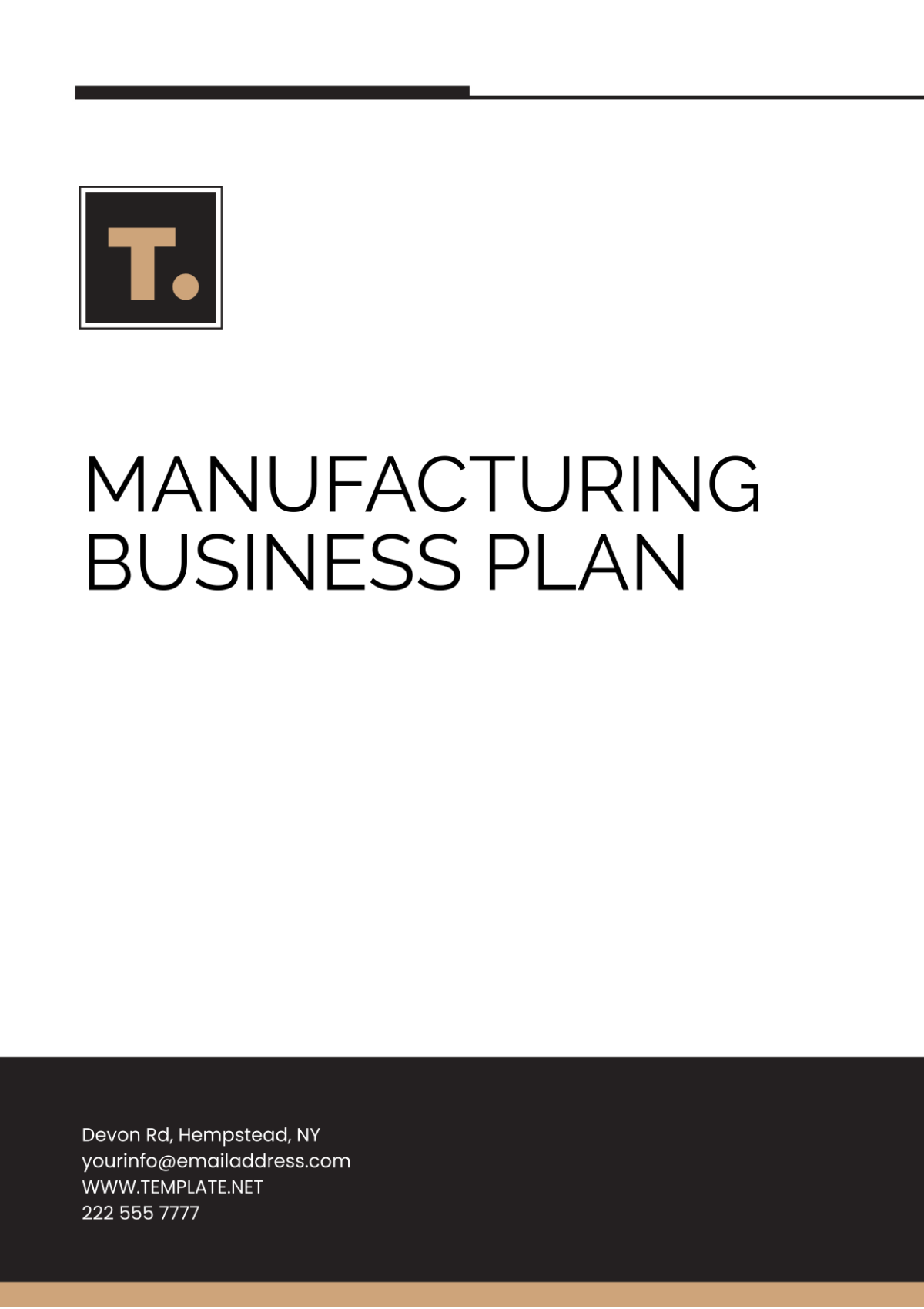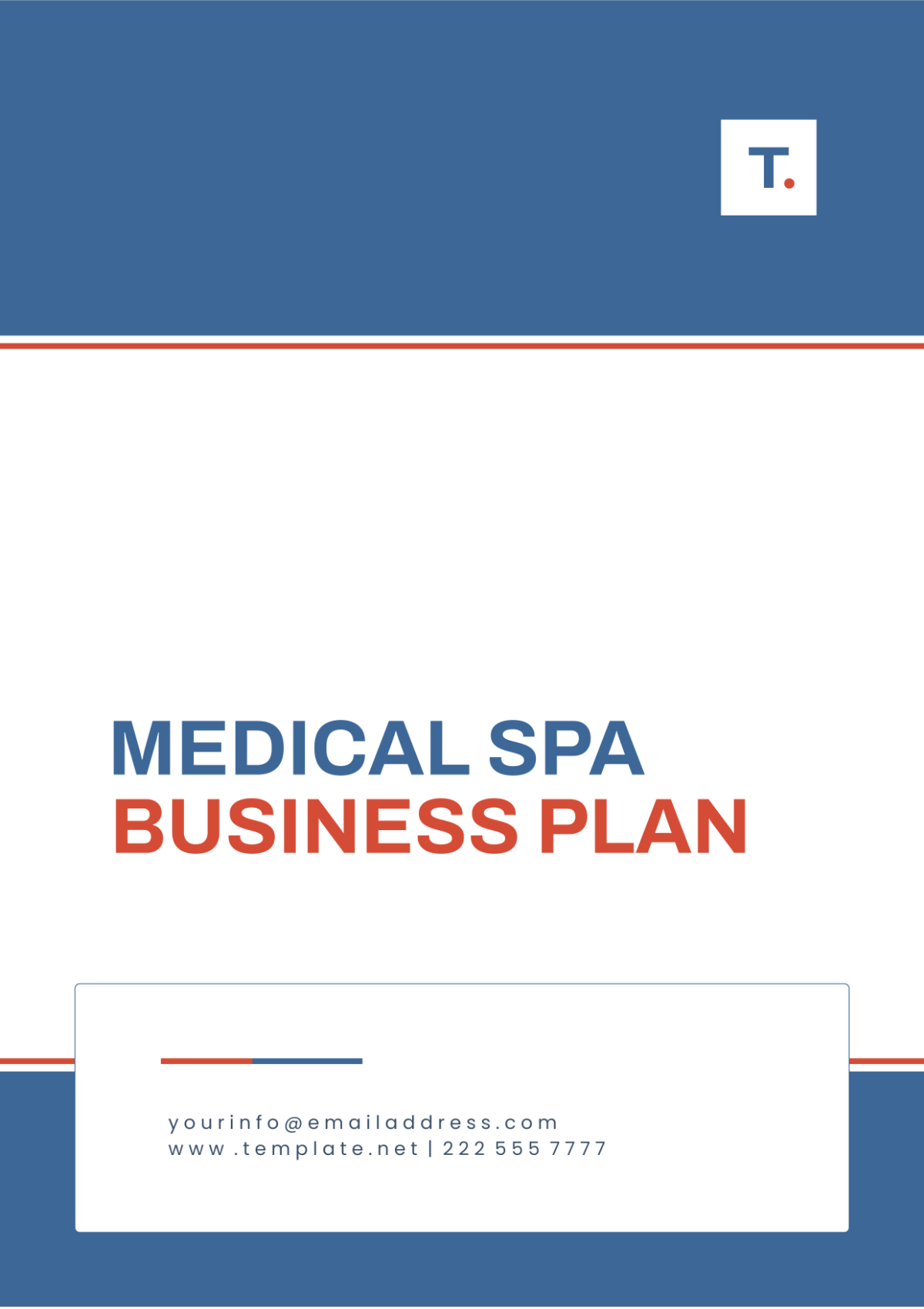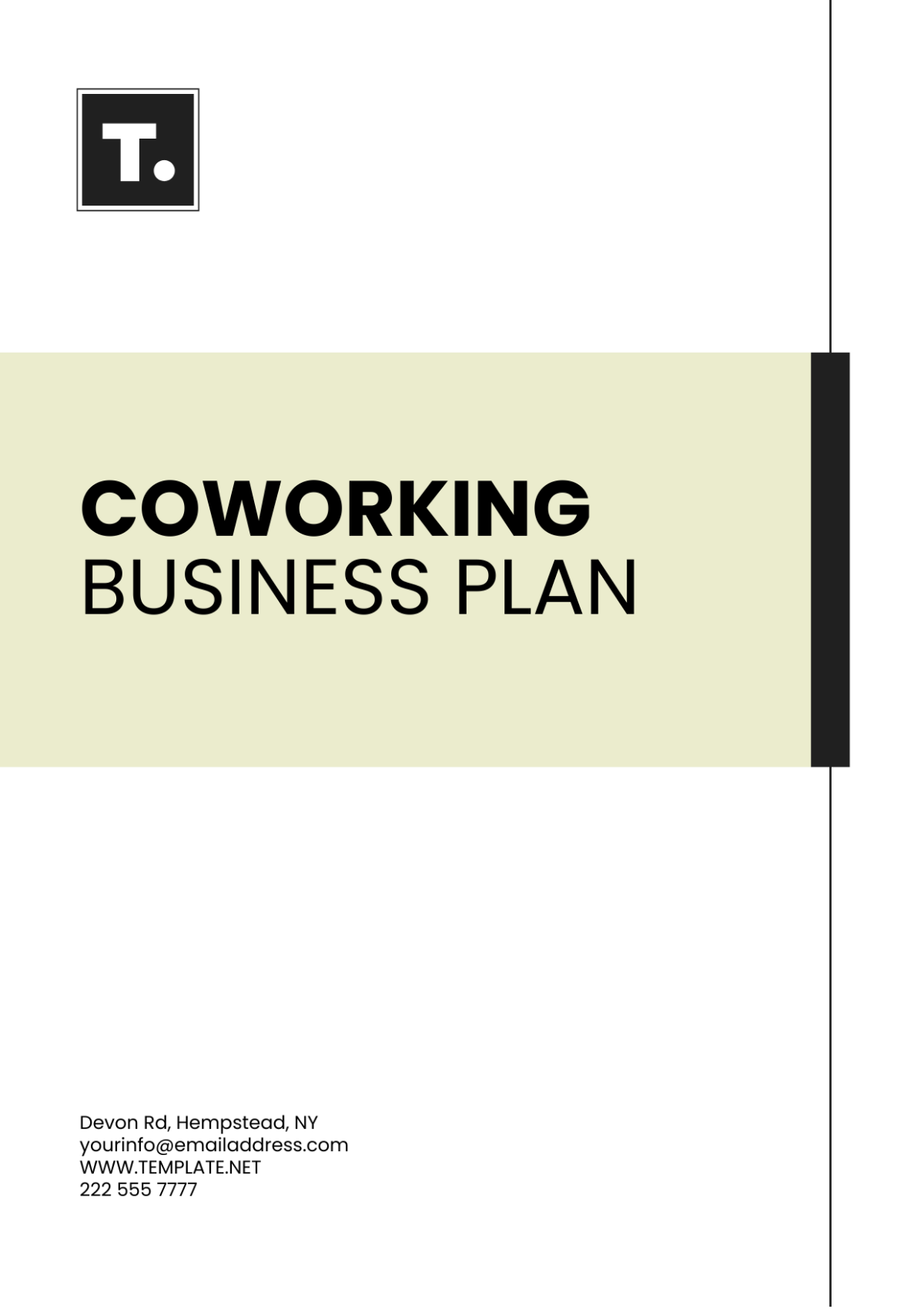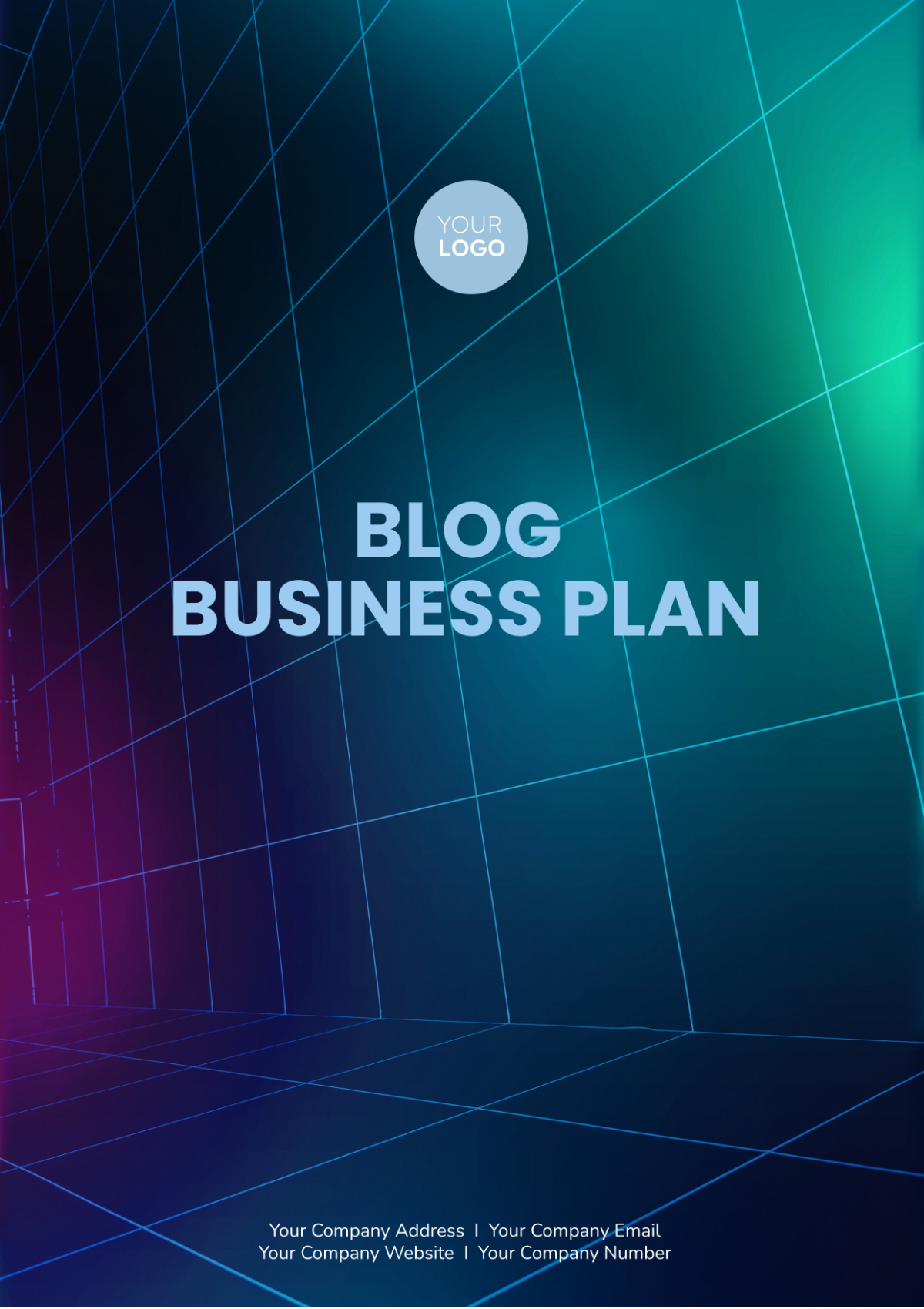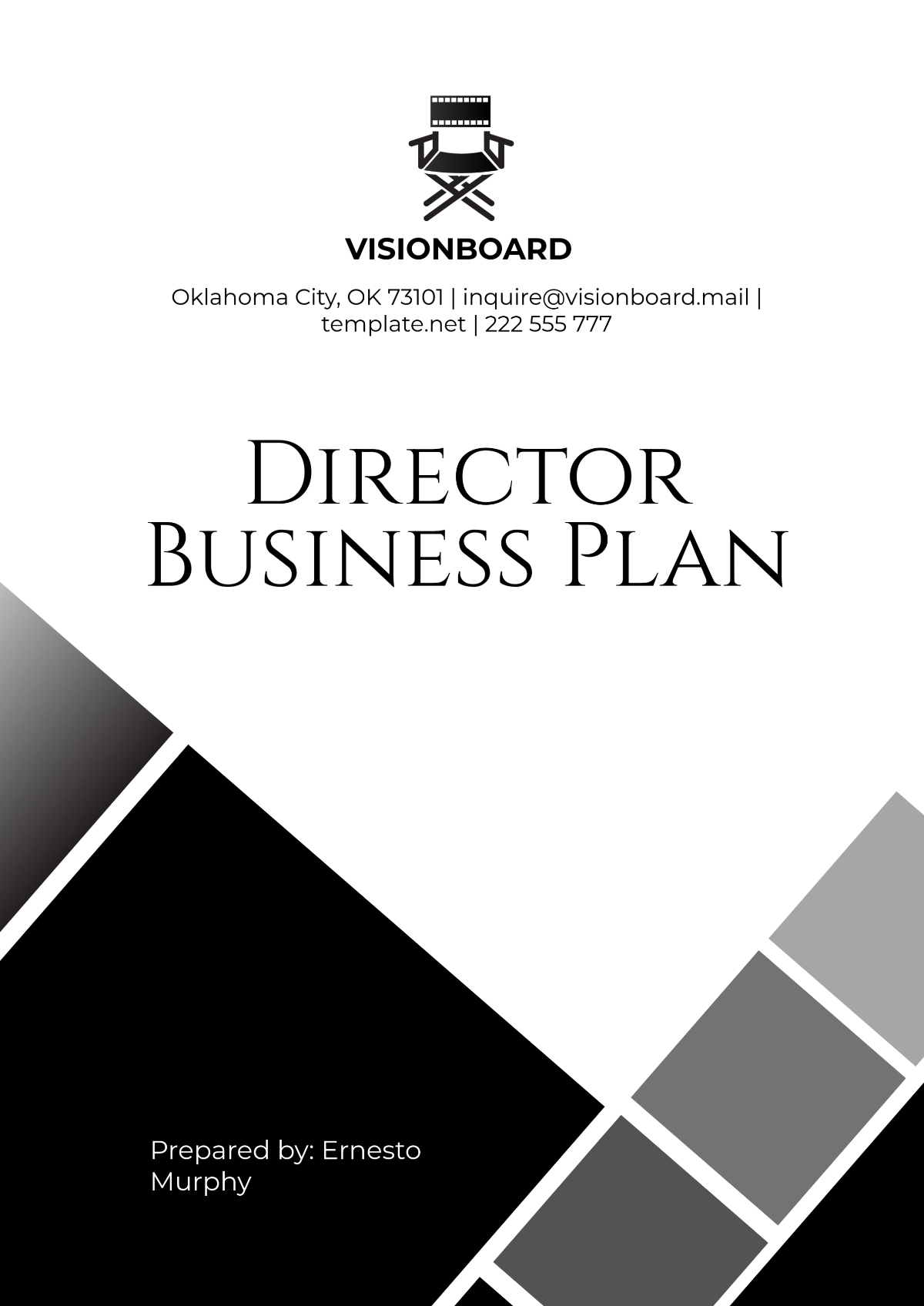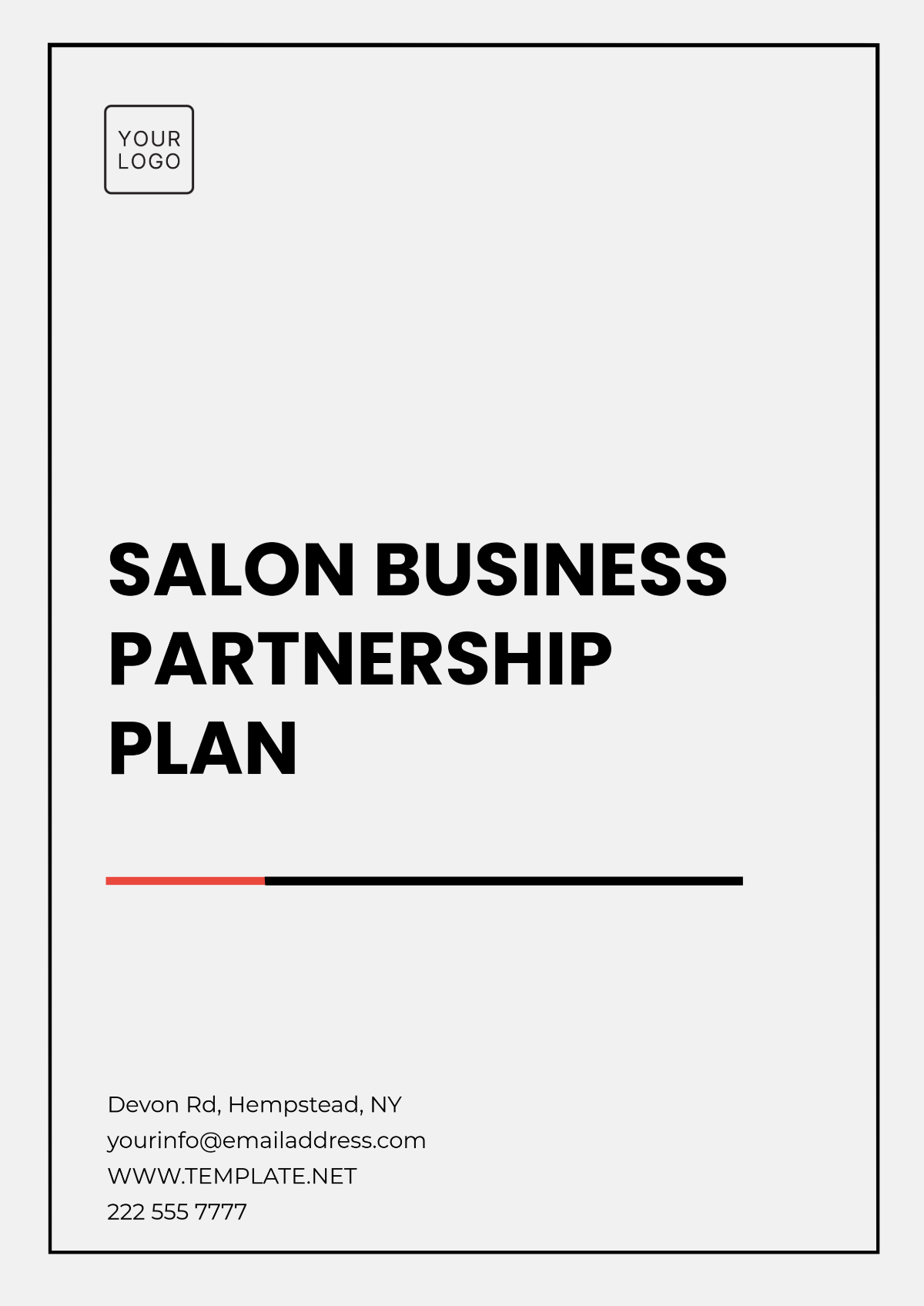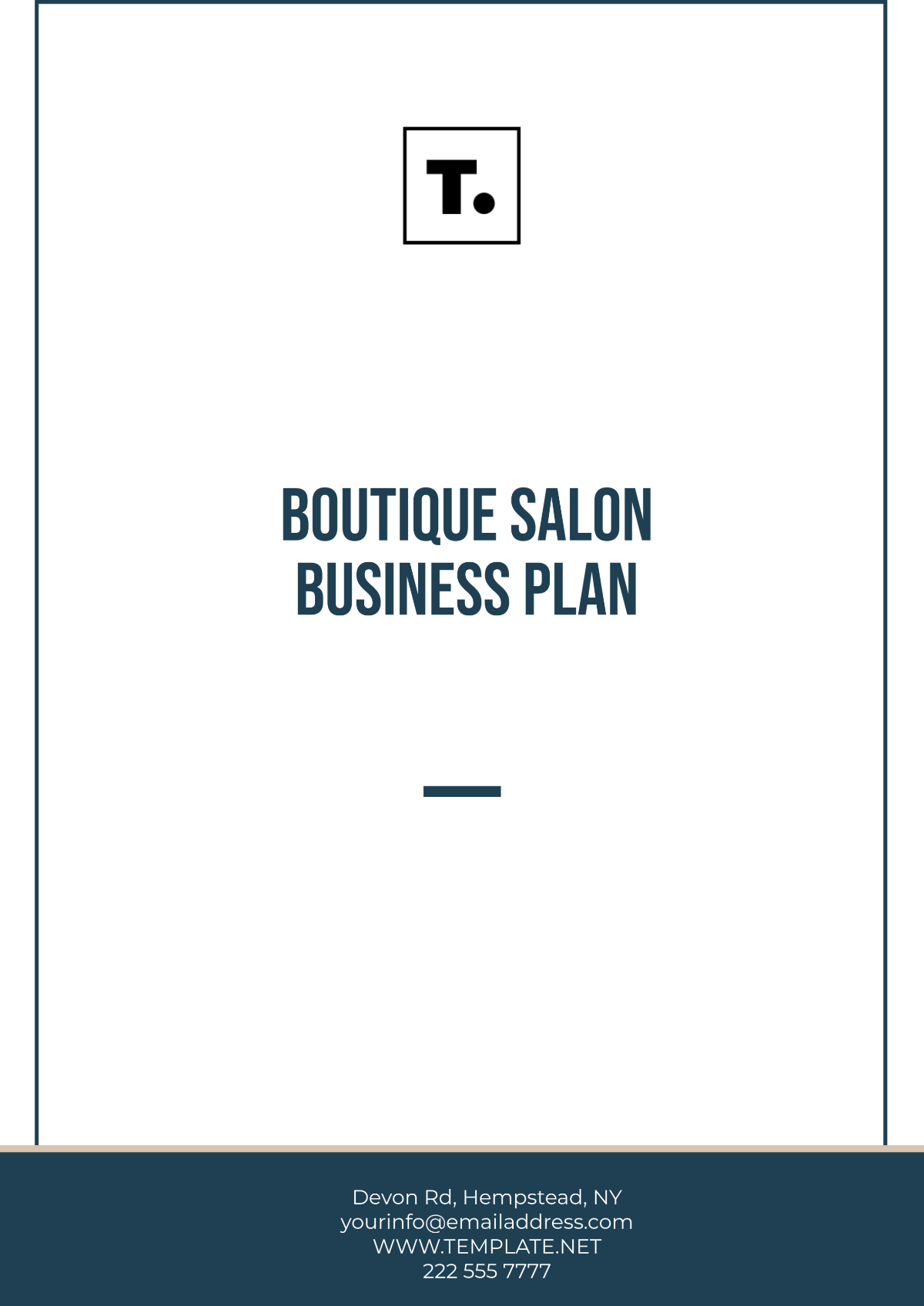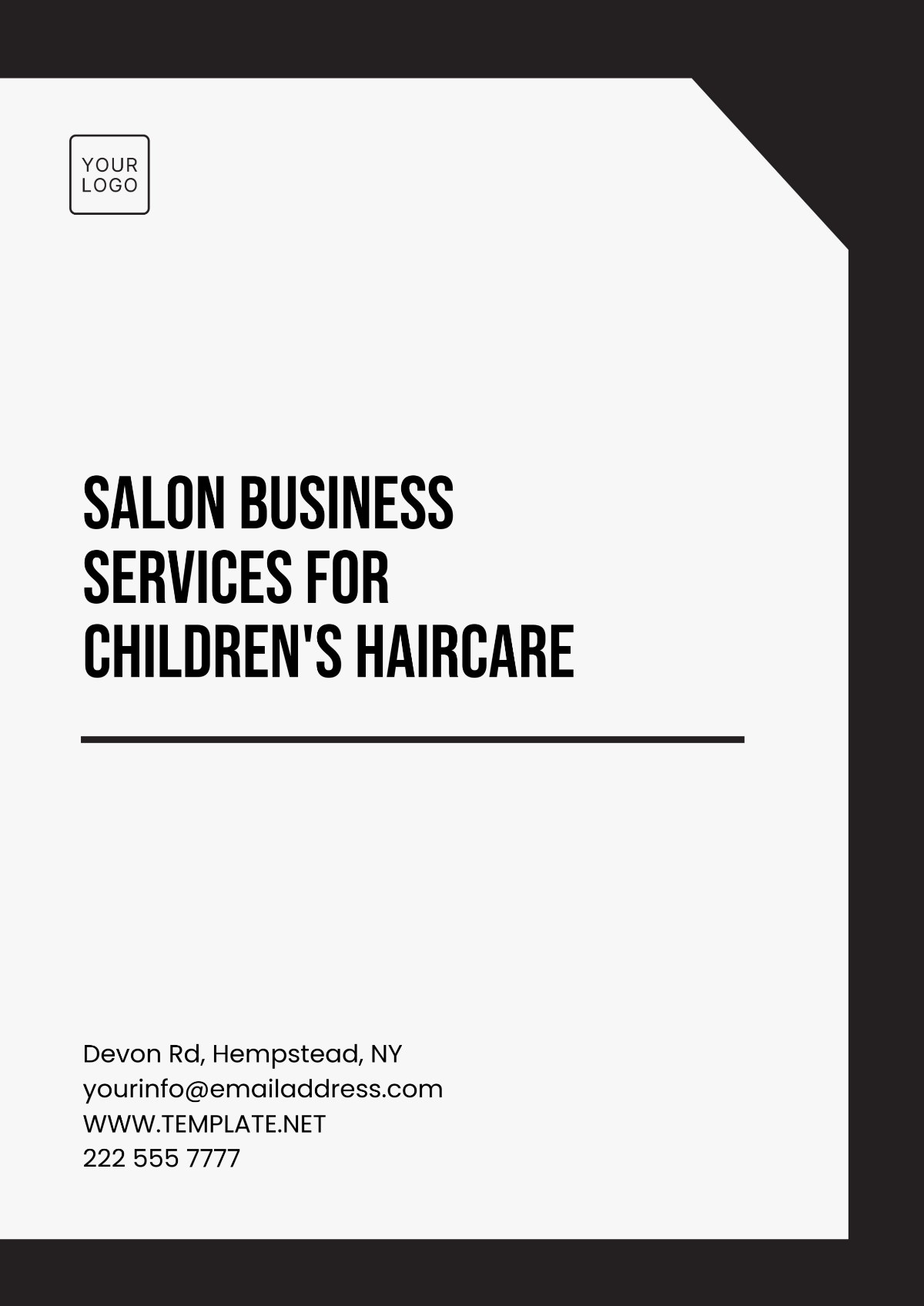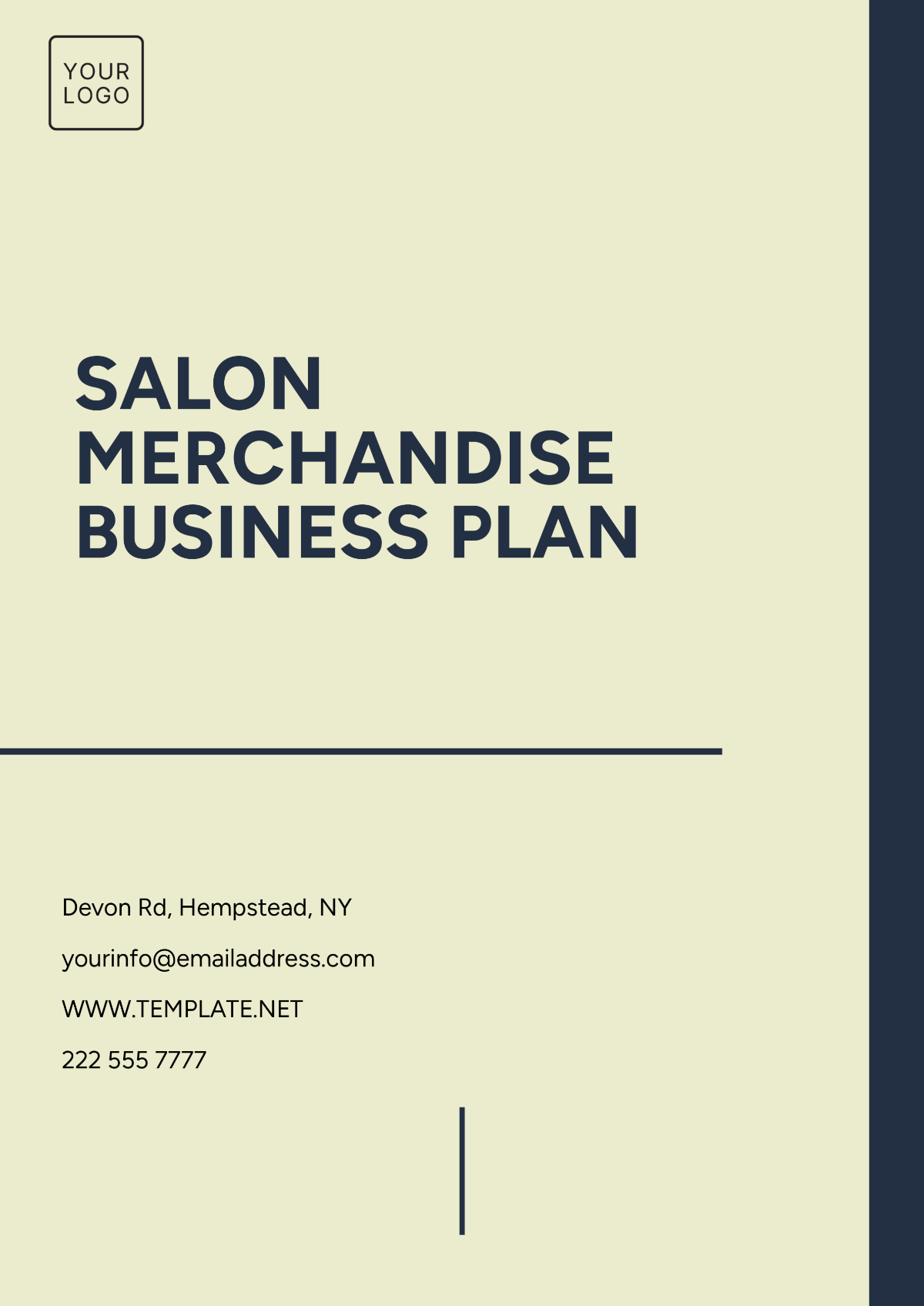5-Year Strategic E-Commerce Business Plan
Business Name: NovaMart
Industry: E-commerce
Launch Date: January 2060
1. Executive Summary
Primary Products/Services:
A diverse range of sustainable products, from clothing and electronics to home essentials, with a focus on eco-friendly and ethically sourced items.
Overview:
NovaMart aims to redefine online retail by offering products that meet sustainable standards and customer needs. The business seeks to capture a wide market share by leveraging innovations in AI-driven personalization, AR/VR shopping experiences, and a robust logistics network.
2. Mission and Vision Statements
Mission Statement:
To provide an inclusive online marketplace that empowers consumers to shop responsibly, with access to sustainable, high-quality products and transparent sourcing.Vision Statement:
To become the leading global e-commerce platform for eco-friendly products, inspiring conscious shopping and a positive impact on the planet by 2070.
3. SWOT Analysis
A. Strengths:
Access to advanced AI and VR technologies for personalized and immersive shopping experiences.
Strategic partnerships with sustainable brands.
Skilled team with expertise in e-commerce logistics, marketing, and technology.
B. Weaknesses:
High initial capital investment in tech and logistics.
Dependence on third-party suppliers for product sourcing.
Limited brand recognition at launch.
C. Opportunities:
Growing consumer demand for sustainable products.
Expansion into emerging markets globally.
Technological advancements in AR/VR that enhance customer experience.
D. Threats:
Competition from established e-commerce giants.
Supply chain disruptions.
Changing environmental regulations impacting suppliers.
4. Goals and Objectives (2060 - 2065)
Goal 1: Achieve a 20% market share in the sustainable e-commerce segment by the end of 2065.
Goal 2: Launch international operations in Europe, Asia, and North America by 2062.
Goal 3: Integrate AR/VR in all product categories to provide a fully immersive shopping experience by 2063.
Goal 4: Attain 80% customer satisfaction by maintaining responsive customer service, easy returns, and seamless delivery.
5. Key Strategies and Initiatives
A. Market Penetration Strategy:
Run targeted ad campaigns focusing on sustainability and convenience.
Partner with eco-friendly influencers and brand ambassadors to promote awareness.
B. Product Development Strategy:
Expand product categories by onboarding ethical suppliers in apparel, tech, and home essentials.
Invest in private-label sustainable product lines to offer exclusive, differentiated options.
C. Customer Experience Initiatives:
Integrate advanced AR/VR for virtual try-ons and product demos.
Implement a rewards program to encourage customer loyalty and repeat purchases.
D. Operational Efficiency Strategy:
Optimize logistics by setting up regional distribution centers to improve delivery speed and reduce costs.
Use AI in inventory management to forecast demand and minimize stockouts.
6. Resource Allocation and Budget (2060 - 2065)
A. Yearly Budget Allocation:
Technology and Innovation: $1.5 million per year (includes AR/VR integration and AI tools).
Marketing and Advertising: $1 million per year.
Logistics and Warehousing: $800,000 per year (rising to $1.2 million by 2063 with expansion).
Human Resources and Training: $600,000 per year.
Sustainability and Compliance: $500,000 per year (for environmental certifications and sourcing verifications).
B. Total Annual Budget: $4.4 million, with a gradual increase as operations scale up.
7. Timeline and Milestones
Q1 2060: Launch of NovaMart website with a beta user group.
Q4 2060: Official launch of NovaMart’s e-commerce platform.
Q2 2061: Launch of AR/VR feature in top product categories.
Q3 2062: Expand operations to Europe and North America.
Q4 2063: Full integration of AI-driven personalization across all customer touchpoints.
Q2 2064: Reach 1 million active customers.
Q4 2065: Complete a 5-year review with a 20% market share in sustainable e-commerce.
8. Risk Assessment and Contingency Plans
Identified Risks and Mitigation Strategies:
Supply Chain Disruptions: Maintain multiple suppliers for each product category and build inventory buffers.
Technology Failures: Establish partnerships with reliable tech providers and set up an internal IT support team.
Market Volatility: Adjust marketing spend based on consumer demand and focus on adaptable, cost-effective strategies.
9. Evaluation and Key Performance Indicators (KPIs)
Customer Retention Rate: Target of 70% by 2065.
Conversion Rate: Goal of 5% by the end of 2061, increasing to 10% by 2065.
Average Order Value (AOV): Target AOV of $150 by 2062.
Time to Delivery: Maintain an average delivery time of 2 days in core markets.
Customer Satisfaction Rate: Achieve 80% positive feedback by the end of 2063.
10. Review and Adaptation Process
A. Annual Review:
An annual review will assess progress toward goals and KPIs, identifying areas for adjustment or scaling. Reports will be prepared for each department to analyze success metrics, customer feedback, and new opportunities.
B. Mid-Plan Adjustment (2063):
A major review and update will be conducted to align the strategic plan with the rapidly changing market environment.
